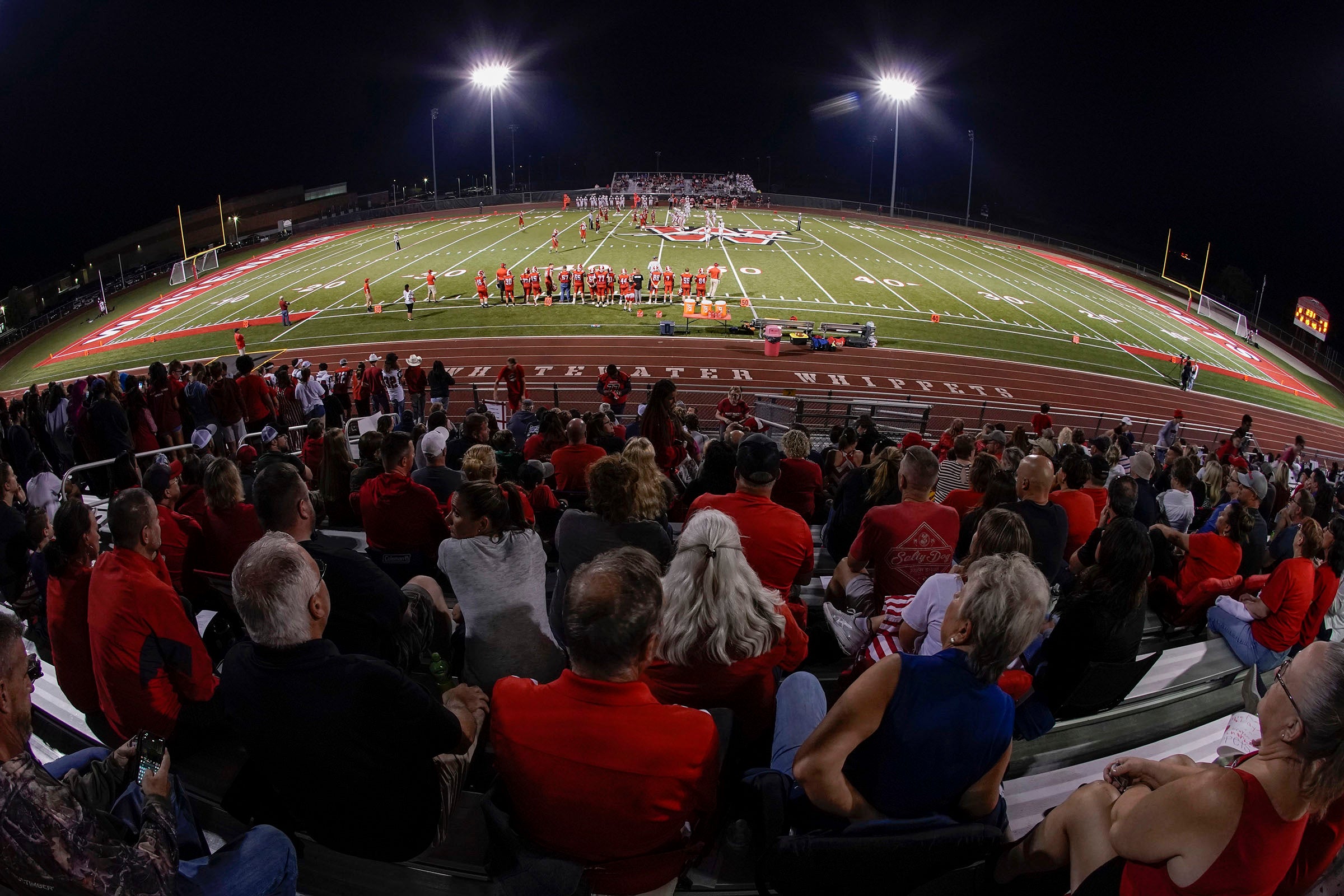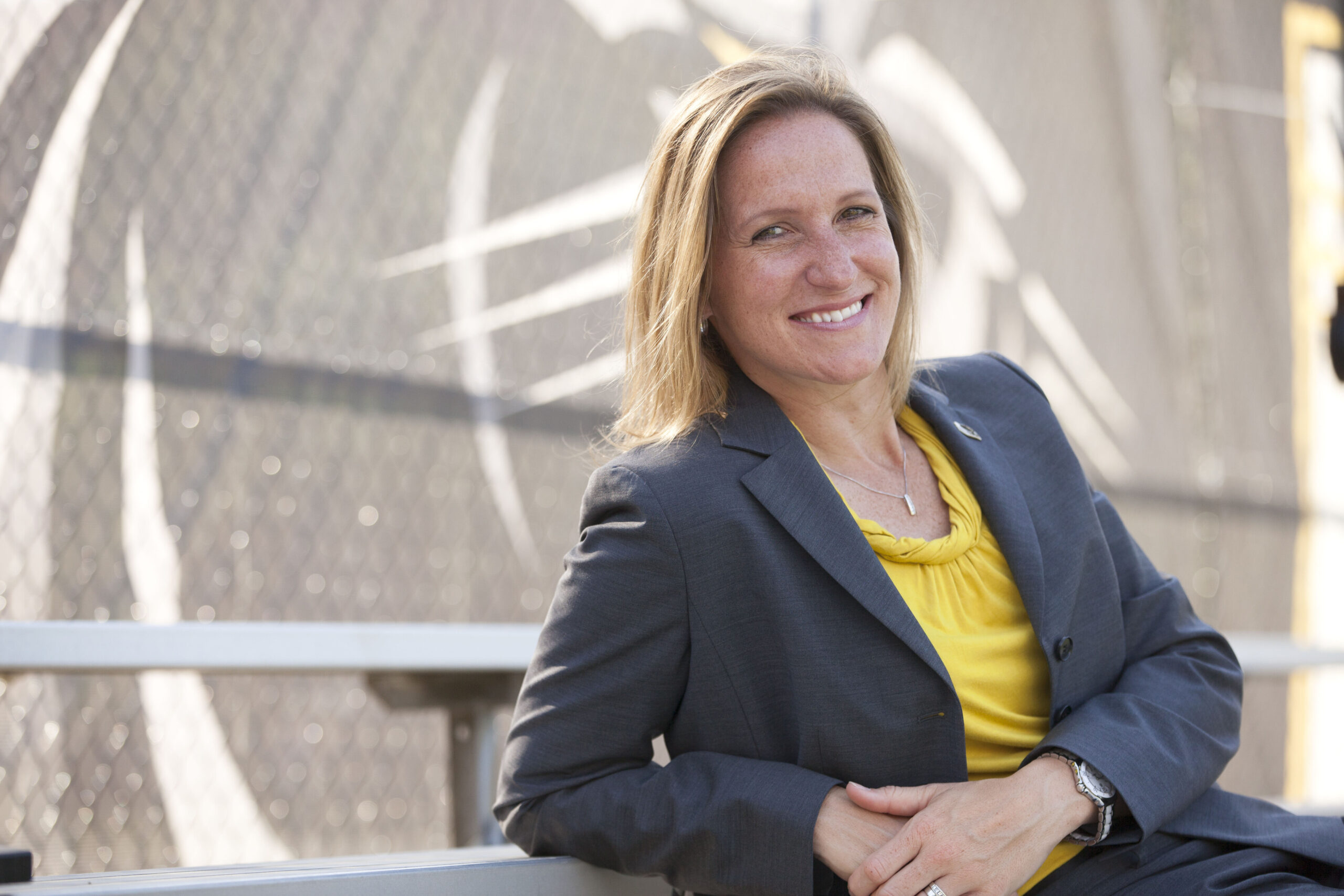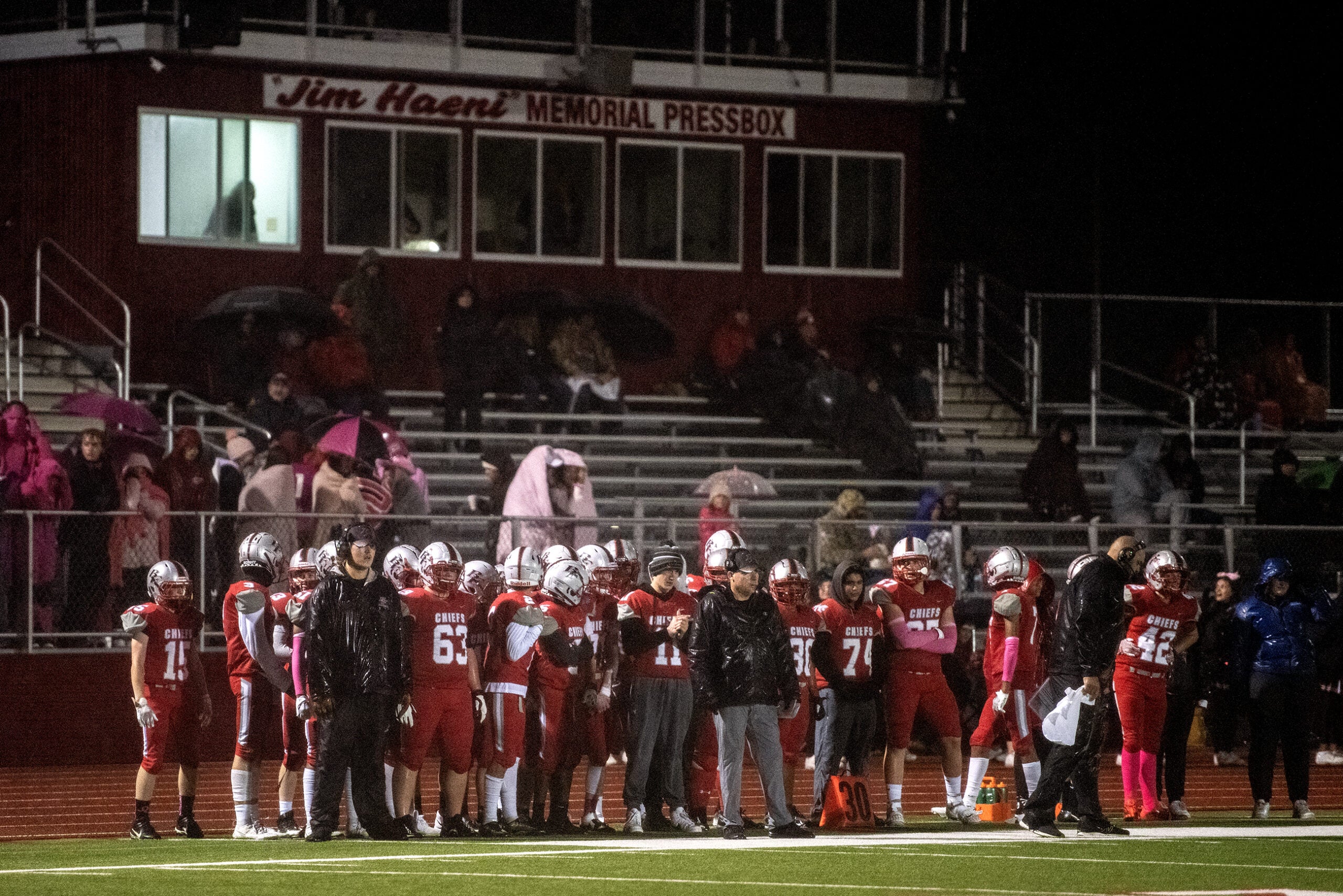Fall sports can be a fun social outlet and a great way to stay active. Larry Meiller learns how to avoid injury.
Featured in this Show
-
Fall Sports, Activities Can Mean Injuries
Fall is here and for many, that means taking part in fall sports. Whether it’s soccer, football, field hockey, cross-country or volleyball, young people and adults need to be conscious of the risk of injury.
Lori Thein Brody, a physical therapist and athletic trainer with the University of Wisconsin Sports Medicine and the UW Spine Center, said she sees a lot of injuries. She is also the graduate program director for the Rocky Mountain University of Health Professions in Provo, Utah.
With people who are runners or participating in cross-country, Brody said she tends to see more over-use injuries like tendonitis, foot pain or patellofemural pain, which is also called runner’s knee. Ankle sprains are the most common injuries for adults and young people active in volleyball, soccer, football.
She said that there are very good preventive programs that can help avoid those injuries.
“There is research done at our Sports Medicine Center,” Brody said, “on the importance of a balance program, and how that can prevent injuries.”
Of course, many athletes are already into their fall sports season, so while it can be added into the training at any time, the emphasis on balance will be something to think about especially for next year.
Right now, Brody said one of the most important things is to know the field the person is playing on, especially for natural turf sports like soccer and football.
“One of the things that I would do as a trainer,” she said,” is that I would go out and I would walk the field and look for divots or anything that you could step in and cause an injury.”
She warns that people shouldn’t assume that the fields are well-groomed and well-maintained, particularly if there are multiple fields at a facility and they are in heavy use.
“Especially when there’s not a lot of rain, they tend to get hard and bumpy, and those kinds of things can trip people up. So just walking around the field, and surveying, and looking for things that can get you in trouble is useful,” she said.
Bill Boissonnault agrees with Brody’s assessment. He is a professor at the UW School of Medicine and Public Health and senior physical therapist at the Spine Center Physical Therapy Clinic of the UW Hospital and Clinics. He said that at the Spine Clinic, he sees both traumatic and repetitive overuse injuries from fall sports.
With people well into their activities, he said, the key element is to be able to identify what needs treatment and what will improve with some rest and home care.
“Generally, our principle has been that if someone is experiencing sharp pain, shooting pain, pinching pain that is happening more than once or twice, that’s not a pain you want to work through,” Boissonnault said. “Pain that is increasing and interfering with function … and not getting better with ice or anti-inflammatories, that’s also a time when they should be seen.”
In addition, if there is swelling and it’s worse after activity, that’s another warning sign to pay attention to, he said.
While professional or high-level athletes might seem more prone to get injured, Boissonnault said that’s not necessarily the case. In addition, those athletes likely have trained medical personnel accessible and ready to help. Even with a doctor, trainer, or physical therapist available, Boissonnault said, those athletes might not volunteer information that they are in pain.
“They don’t want to lose practice time, they don’t want to lose their position on the team; there’s all kind of pressures to continue to participate,” he said.
With bumps, bruises, and contusions, Brody said that as long as the athlete isn’t risking further injury and that their performance isn’t hampered, they can continue to play. A trainer might still decide to reduce practice time and intensity if there is any question about exacerbating the injury. That will give the affected body part time to heal without completely sidelining that individual.
For people that bike, run, or even walk outdoors in the fall, the season presents some additional challenges. Boissonnault points out that as fall progresses, people have fewer hours of daylight, and he cautions people to use reflective clothing and to try to take advantage of well-lit paths. Autumn also means falling leaves and often rain as well. Boissonnault warns of wet debris being slippery, which can also be a hazard.
WPR host Larry Meiller summarizes their advice as “lots of good things to think about, to keep bad things from happening!”
Episode Credits
- Larry Meiller Host
- Judith Siers-Poisson Producer
- Bill Boissonnault Guest
- Lori Thein Brody Guest
Wisconsin Public Radio, © Copyright 2024, Board of Regents of the University of Wisconsin System and Wisconsin Educational Communications Board.




